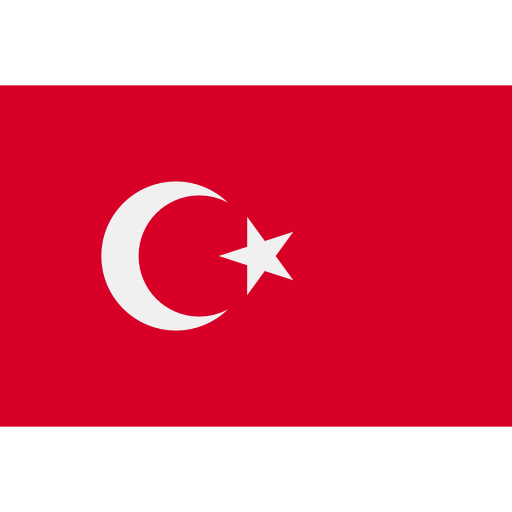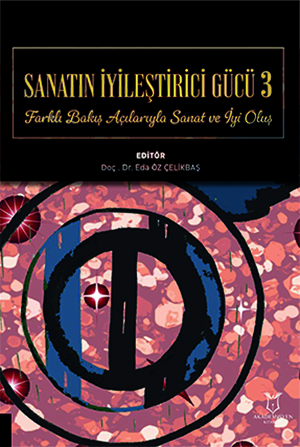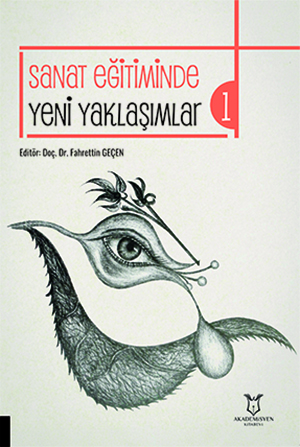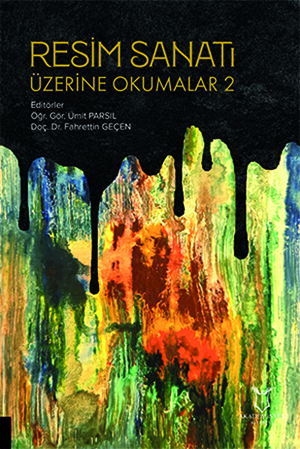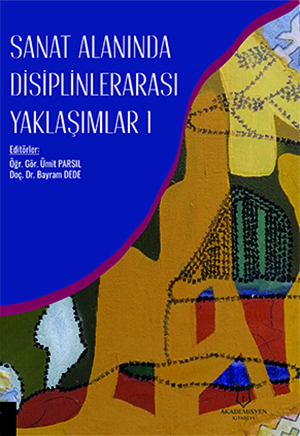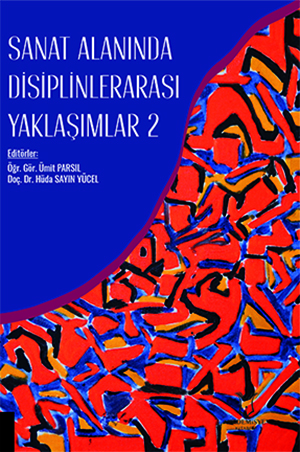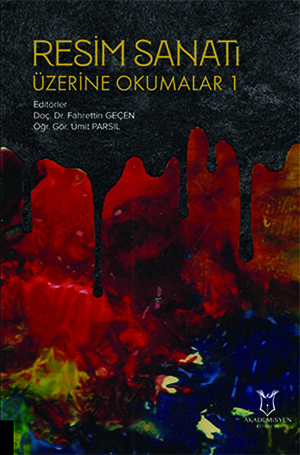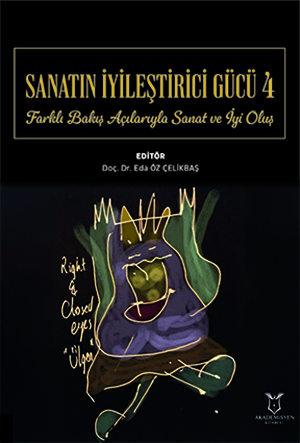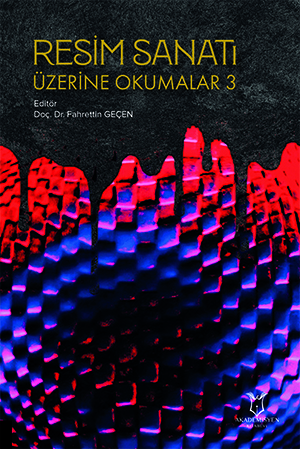Nadire Kabinelerin Ve Osmanlı Devleti’nin Xix. Yüzyılda Katıldığı Uluslararası Fuarların Türk Müzeciliğinin Gelişimine Katkısı
Anahtar Kelimeler
The historical formation of
museums, which provide information about human experiences, has a long history
dating back to ancient times, when viewed in the context of collecting valued
products. The development of both world and Turkish museology has developed
based on various elements in this long process. Two approaches have an
important place among these elements that contribute to the development of
museology. These are: “Cabinets of Curiosity” and “19th Century World Fairs.
The creation of cabinets of curiosity, especially objects with interesting,
unusual, rare and strange appearances, by people from different disciplines
since the early periods, has contributed significantly to the development of
collecting and, as a result, of museums. So much so that the works collected in
this context were the source of the museum diversification that would emerge
later. As a matter of fact, in modern times, the classification of museums and
their formation within a certain discipline were created entirely according to
the grouping of works collected within cabinets of curiosity. On the other
hand, world fairs opened in the 19th century also focused on industry,
agriculture, art, etc. As organizations where works from many different fields
are exhibited, they have contributed to not only an intercultural interaction,
but also to serious developments in terms of museology and to raise awareness.
The development of Turkish Museology has undergone a significant change and
developed significantly, on the one hand, with the creation of cabinets of
curiosity and, on the other hand, with the influence of the world fairs opened
in the 19th century. In this study, the impact of cabinets of curiosity and
World Fairs opened in the 19th century on the development of Turkish museology
was examined.
Atıf Sayısı :


